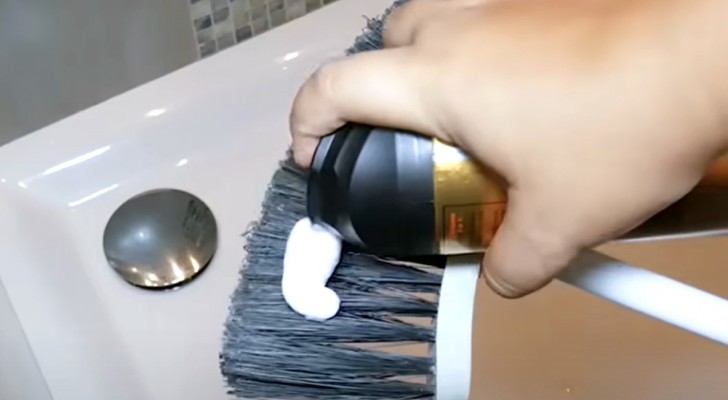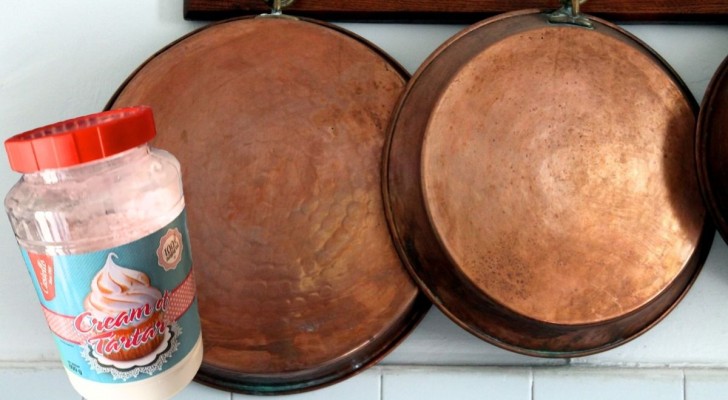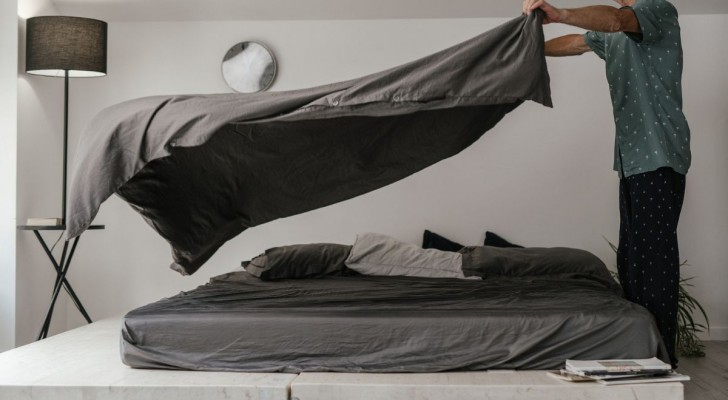Drying clothes on a clothes horse: you can do it more efficiently using the Japanese method
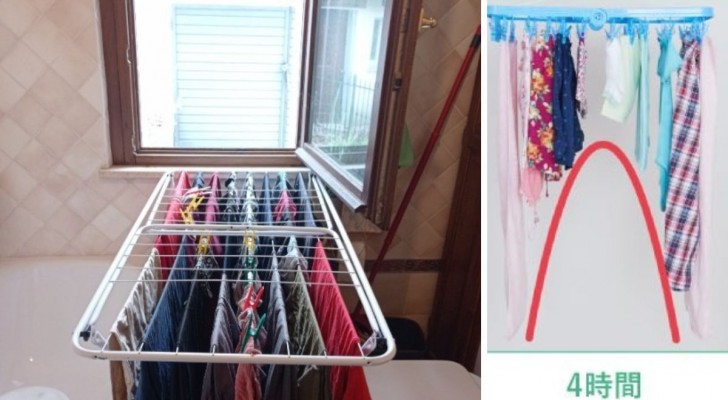
It is not always possible to use a dryer to complete the laundry cycle, and therefore we have to rely on the traditional drying method, i.e. hanging the clothes on a clothes horse, or on the washing line. And in order to avoid wrinkles and save extra work with the iron, hangers are often used.
But when we hang out our clothes, do we know what the most efficient way to do it is? What is the best method? Among the many possible ways, there is one that is worth considering: it is used in Japan, and designed to optimize time and the space available.

Creativo
Even in Japan, when the weather permits, it is always preferable to hang clothes outdoors: sunshine not only makes the clothes dry faster, but also acts against bacteria and mould. But what happens in Japan when is the weather bad? Well, some bathrooms have a ventilation system that evacuates humidity, so the clothes are often placed in the bathroom on a clothes horse.
Alternatively, something similar is done by placing the clothes under the air conditioners. This is a bit like we do too, when we take advantage of these heat sources (such as the radiator), by placing the clothes horse near them.
But as for how to hang clothes on the clothes horse, there seems to be a more efficient method used in Japan.
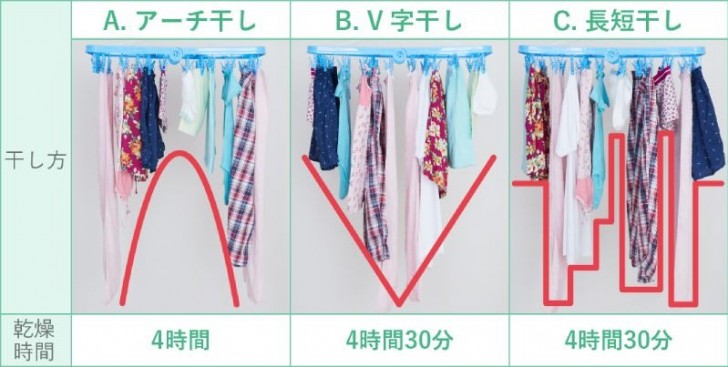
When hanging clothes on the rails of a clothes horse, it's always best to have the longer items at the ends and the smaller ones in the middle. The clothes should form a sort of an arc. In fact, it seems that when wet clothes are arranged in this way, they dry more quickly. In the graphic shown here, the arc arrangement take 4 hours for the clothes to dry, while the other two arrangements (a "V" formation or in a random way) take half an hour longer.
Other useful tips:
- When arranging the clothes, especially if you use pegs, always leave as much space as possible for air to circulate between the various items.
- For towels and similar, let one side hang down more than the other - in this way, more air passes between the two edges and between the various other items.
Combining these tips with those we may already know (such as ventilating, absorbing excess moisture from garments by rolling them in dry towels before hanging them up, and using a fan in the summer and the radiator in winter), you can really reduce the total time to complete this important household chore!
